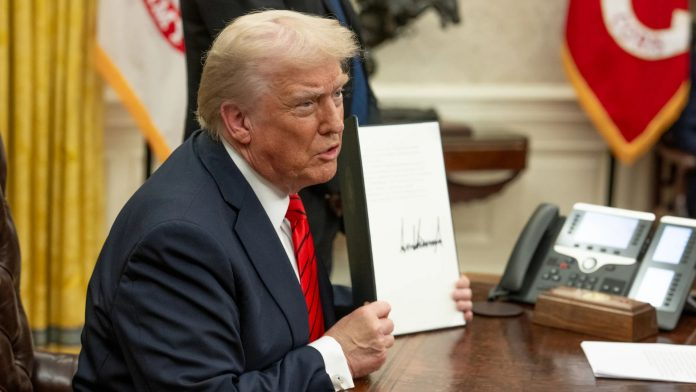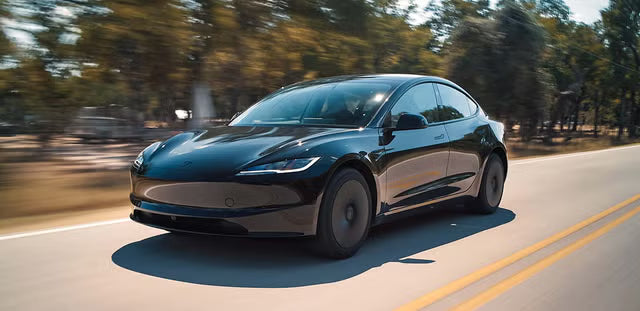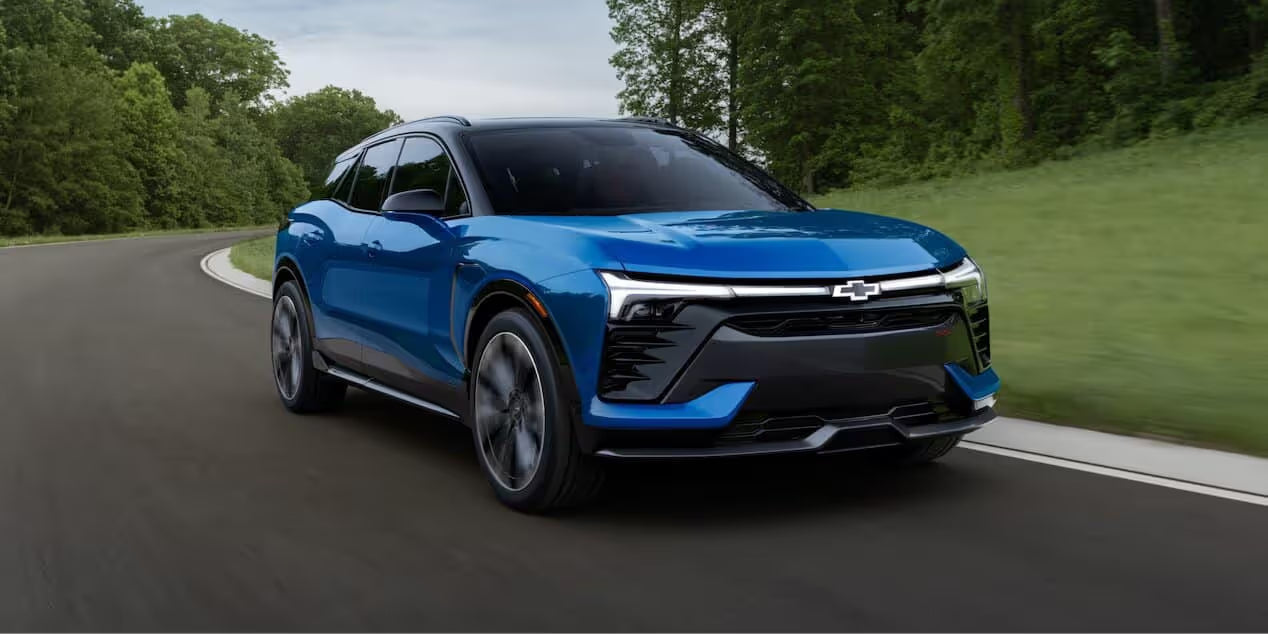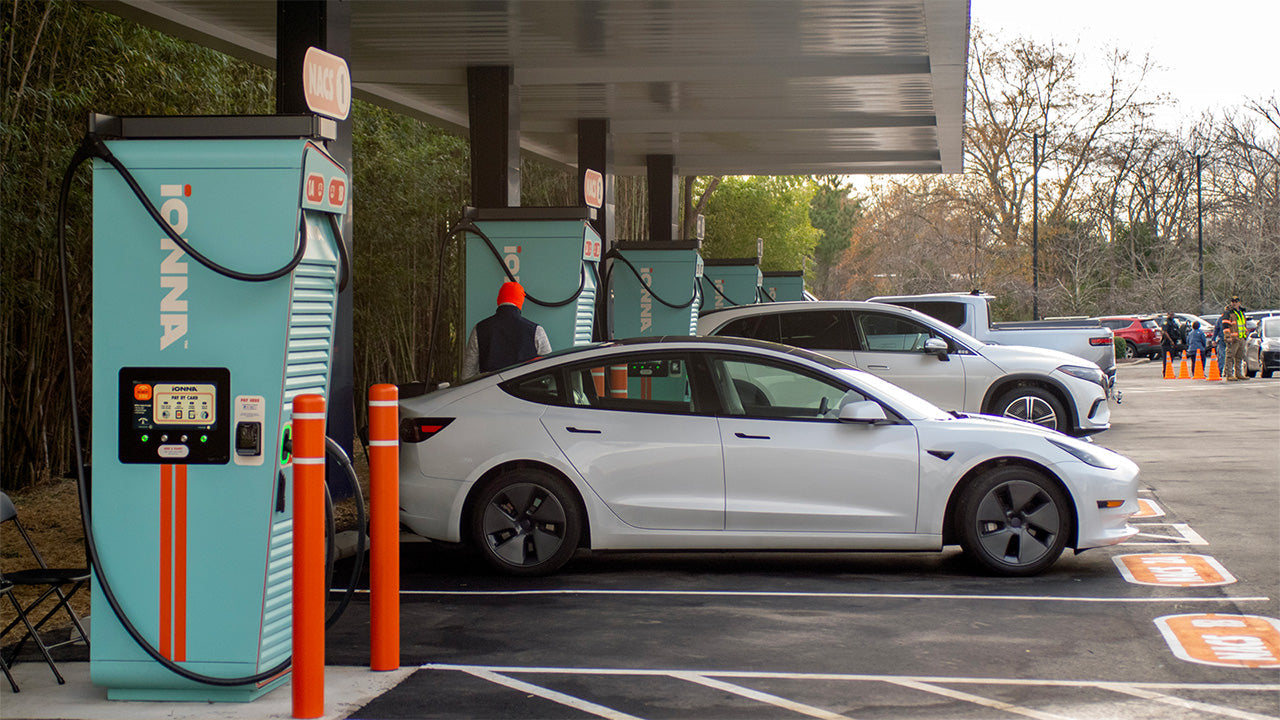The recent policy changes under the Donald Trump administration, particularly the repeal of the $7,500 federal electric vehicle (EV) purchase subsidy and the introduction of an annual $250 tax on EV owners, mark a significant pivot in U.S. clean energy policy. These measures, embedded in the broader Republican-backed budget bill, have sparked intense debate about their implications for the EV market, drivers, and environmental goals. This blog dissects the multifaceted impacts of these policies and explores what they reveal about Trump’s broader policy tendencies, with a focus on economic, environmental, and political dimensions.
Impact on the EV Market
The elimination of the $7,500 federal tax credit, a cornerstone of the Biden-era Inflation Reduction Act, is poised to reshape the EV market significantly. This subsidy, designed to lower the upfront cost of EVs, has been instrumental in driving adoption, particularly for middle-income consumers. Its removal is expected to increase the effective price of EVs, potentially dampening demand. According to analysts at JP Morgan, Tesla alone could face a $1.2 billion hit to its full-year profit due to the subsidy repeal, alongside a potential $2 billion loss in regulatory credit sales. Other automakers like General Motors and Ford, which have heavily invested in EV production, may face less severe impacts but will still contend with reduced consumer incentives.
The EV market, already navigating a bumpy transition, faces additional challenges from the new $250 annual tax on EV owners, intended to fund the Highway Trust Fund, traditionally supported by gasoline taxes. This tax effectively penalizes EV ownership, potentially discouraging prospective buyers. While the EV industry has shown resilience—sales reached 1.3 million in the U.S. in 2024, up from 1.2 million in 2023—these policies could slow growth, particularly in price-sensitive segments. The combination of higher upfront costs and ongoing taxes may push consumers toward internal combustion engine (ICE) vehicles, especially in regions with limited charging infrastructure.

Effects on EV Drivers
For current and prospective EV drivers, these policies introduce financial and practical hurdles. The $7,500 tax credit made EVs more accessible, particularly for models like the Tesla Model 3 or Chevrolet Bolt, where the subsidy could offset 15–20% of the purchase price. Without it, buyers may delay purchases or opt for cheaper ICE vehicles, especially as EV prices remain higher on average. The additional $250 annual tax further erodes the cost savings of EV ownership, which is often touted for lower fuel and maintenance costs. For example, a typical EV driver using a portable charger at home might save $1,000 annually on fuel compared to a gas vehicle, but the new tax chips away at these savings, making the economic case for EVs less compelling.
Moreover, the Trump administration’s freeze on $7.5 billion in federal funding for EV charging infrastructure exacerbates challenges for drivers. Limited access to reliable charging stations, particularly in rural areas, already deters EV adoption. For drivers relying on portable chargers for home or on-the-go charging, the lack of public infrastructure could amplify range anxiety, further discouraging EV use. States like California, which have sued the administration over the funding freeze, argue that it undermines efforts to make EVs accessible and support green economies.

Environmental Implications
The environmental consequences of these policies are profound and concerning. EVs are critical to reducing greenhouse gas emissions, with studies showing that widespread EV adoption could cut U.S. transportation emissions by up to 30% by 2035. By removing purchase subsidies and taxing EV owners, the Trump administration risks slowing this transition. The Chicago Tribune notes that EVs must be driven extensively to deliver climate benefits, but reduced incentives could lead to fewer miles driven in EVs, undermining their environmental impact.
Additionally, the freeze on charging infrastructure funding hampers efforts to build a robust network, critical for supporting long-haul EV travel and reducing reliance on fossil fuels. While the EV industry may survive without subsidies, as some executives argue, the pace of decarbonization will likely slow, potentially delaying progress toward global climate goals. This is particularly stark when contrasted with countries like China, where aggressive EV subsidies have propelled market growth, leaving U.S. automakers at a competitive disadvantage.

Trump’s Policy Tendencies
These measures reflect a broader policy tendency under Trump’s administration: a prioritization of deregulation and fossil fuel interests over clean energy initiatives. The repeal of EV subsidies and the introduction of taxes align with Trump’s campaign promises to dismantle what he called an “EV mandate,” which he claimed would harm the auto industry. His administration’s actions, such as rolling back California’s zero-emission vehicle (ZEV) mandates and freezing charger funding, signal a skepticism of government intervention in promoting green technology.
This stance contrasts sharply with the Biden administration’s approach, which used subsidies to accelerate EV adoption. Trump’s policies suggest a belief that market forces, not government incentives, should drive technological transitions. However, this overlooks the role subsidies have played in scaling emerging technologies like EVs, much like historical support for oil and gas industries. The administration’s focus on reducing federal spending—evident in the budget bill’s cuts to “pork” spending—further underscores a fiscal conservatism that deprioritizes environmental investments.
The feud with Elon Musk, a former ally, highlights the political volatility of these policies. Musk’s public criticism of the budget bill, despite his earlier support for subsidy cuts, suggests tensions between Trump’s economic nationalism and the interests of clean energy entrepreneurs. This rift underscores a broader partisan divide, with Pew Research noting declining Republican support for clean energy since Trump’s first term.

Conclusion
The repeal of EV purchase subsidies and the imposition of a $250 annual tax on EV owners mark a critical juncture for the U.S. EV market. These policies risk slowing EV adoption, increasing costs for drivers, and undermining environmental progress, all while reflecting Trump’s broader agenda of deregulation and fiscal conservatism. As the EV industry navigates these headwinds, innovations like portable chargers may become even more critical for drivers seeking cost-effective solutions in the absence of robust public infrastructure. While the long-term outlook for EVs remains positive, the next decade will likely be turbulent as the U.S. balances economic priorities with environmental imperatives.
See more blogs and news about EV Tax on EVDANCE official website.








Share:
Choosing the Right EV Extension Cord: A Complete Guide for New and Experienced EV Owners
EV Charger Buying Guide: How to Choose the Right Home Charging Solution